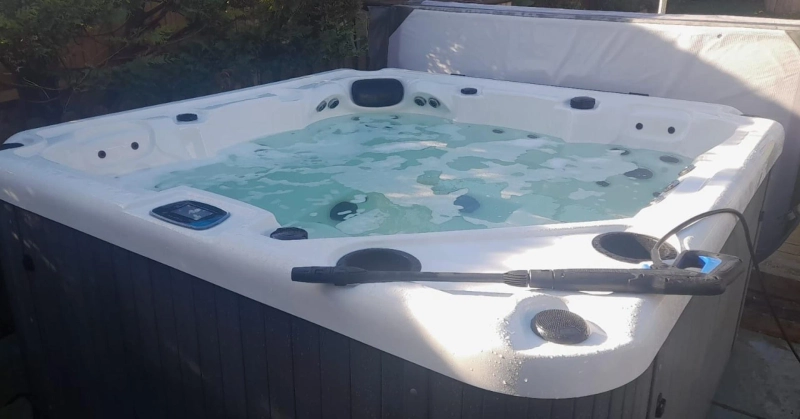When it comes to creating a relaxing spa experience, few things matter more than being able to control the temperature, timing, and functionality of your hot tub with ease. Balboa Water Group, a leading manufacturer of spa control systems, offers user-friendly panels that make it simple to adjust settings. However, for many new hot tub owners, the various operating modes can feel confusing at first. Understanding what each mode does will help you get the most out of your spa while also optimizing energy efficiency and overall performance.
The Main Modes on Balboa Spa Controls
Balboa spa controls typically feature three primary operating modes: Standard Mode, Economy Mode, and Sleep Mode. Each mode controls how and when the heater activates, which affects both the water temperature and energy consumption.
1. Standard Mode (St or Std)
This is the default mode most spa owners use. In Standard Mode, the spa continuously monitors the water temperature and keeps it at your set level. The heater will automatically turn on whenever the temperature drops below the set point.
- Best for: Daily use when you want your hot tub ready at all times.
- Advantages: Water is always warm, so you don’t need to wait for heating.
- Consideration: Since the heater runs more frequently, this mode uses more energy.
If you enjoy spontaneous soaks and don’t want to wait, Standard Mode ensures your spa is always ready to go.
2. Economy Mode (Ec or Ecn)
Economy Mode is designed for energy savings. In this mode, the heater only runs during filter cycles rather than constantly maintaining the set temperature. As a result, the water may cool slightly outside of those times, but the heater will bring it back up when the filtration cycle begins.
- Best for: Scheduled use or when you want to cut down on energy bills.
- Advantages: Lower electricity costs compared to Standard Mode.
- Consideration: The water may not always be at your exact preferred temperature if you decide to use the spa outside of programmed filter times.
Economy Mode is ideal for those who know their hot tub routine—for example, if you typically soak in the evenings.
3. Sleep Mode (Sl or SL)
Sleep Mode is the most energy-efficient setting. In this mode, the spa only heats to about 20°F (11°C) below the set temperature and only during filter cycles. This helps keep your spa from freezing in cold climates while reducing energy usage to a minimum.
- Best for: Vacation times, extended periods when you won’t be using the spa, or if you only want basic freeze protection.
- Advantages: Maximum energy savings.
- Consideration: The spa will not be at soaking temperature without allowing significant time for reheating.
Sleep Mode ensures protection for your spa components while keeping costs as low as possible.
Tips for Choosing the Right Mode
- For everyday users: Stick with Standard Mode for convenience.
- For cost-conscious owners: Use Economy Mode to strike a balance between readiness and efficiency.
- For infrequent users: Switch to Sleep Mode when away from home or when the spa won’t be in use for several days.
Conclusion
Balboa spa controls are designed to give you flexibility, whether you want instant access to a hot soak or prefer to minimize energy costs. By understanding the differences between Standard, Economy, and Sleep modes, you can choose the setting that matches your lifestyle. The right mode not only enhances your spa experience but also ensures you’re using your hot tub in the most efficient way possible.


